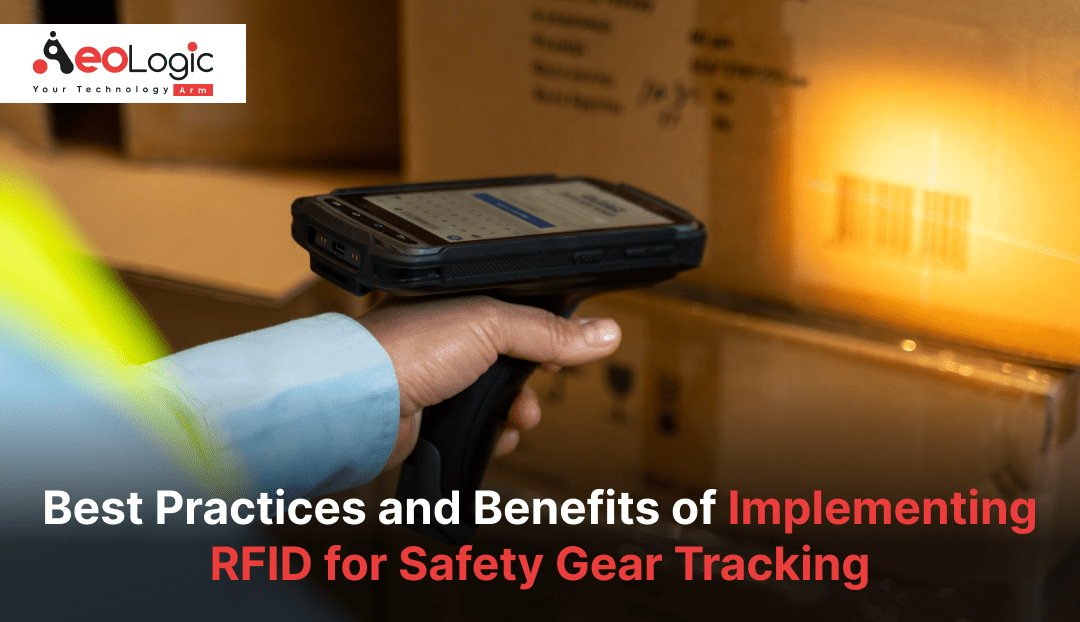There are a lot of industries that deal with risk-carrying tasks or processes each day. It is a high chance of life risk in sectors like the chemical industry, manufacturing industry, machinery industry, etc. There are many workers around the world across different sectors as 2.78 million workers globally die as a result of work-related illnesses and industrial accidents each year, while 374 million more suffer from non-fatal incidents. This equates to 7,500 deaths each day from unsafe conditions at work. These stats are so breathtaking as this is a serious issue for most industries.
Since there have been various safety gears developed that can protect workers from risk factors where the global personal protective equipment (PPE) market size was valued at USD 83.91 billion in 2023 and is projected to grow from USD 87.69 billion in 2024 to USD 128.57 billion by 2032, exhibiting a CAGR of 4.9% during the forecast period. North America dominated the personal protective equipment market with a market share of 33.69% in 2023.
How RFID Technology Improves Safety Gear Tracking and Reliability?
Despite a lot of safety gear across industries, still workers are not fully secured as they cannot detect the fault or defect in those safety gears that cost them their lives or injuries. Since many industries work on sites there cannot everyone be able to go. Few workers go with some safety gear but any onsite problem cannot be detected due to not having a proper tracking system. So to solve safety gear tracking issues and enhance the reliability of safety gears, there are a lot of technologies that can contribute. Among all, RFID solutions can be the best that have the potential to improve safety gear tracking and reliability with best practices across industries.
Many known industries are providing RFID-based safety gear to enhance their worker’s safety. RFID is mostly used for other aspects like inventory tracking, supply chain tracking, etc. RFID tracking works by loading an RFID tag (active, passive, or semi-passive) with data (ID, condition, quantity, location, etc.). RFID-based tags can be attached to safety gears that can easily track and extract information about gear and workers.
In this article, we will see the role of RFID in enhancing safety gear tracking. We will see some major additional details like benefits and best practices of RFID in safety gear tracking and in the end, we will conclude this topic.
Also Read: Strengthening Public Infrastructure with RFID-Based Security Solutions
What is RFID For Safety Gear Tracking?
This technology working concept is very easy to understand as an RFID reader is a
network-connected gadget that can be fixed or carried about permanently. It transmits impulses that activate the tag via radio waves. The tag transmits a wave back to the antenna when it has been activated, where it is converted into data. The RFID tag itself houses the transponder.
When necessary safety gear is present, the RFiD Discovery system can identify instances in which it is either absent or tampered with for instance, when a life jacket has been taken out of its pouch. This can be installed just by affixing it in person to the pertinent asset so that an asset tracking system may read and record it. Overall it is easy and can be an efficient evolution for the safety gears.
Also Read: RFID Solutions for Inventory Tracking in Your Warehouse
Best Practices of RFID for Safety Gear Tracking
To maximize the benefits of RFID for safety gear tracking, some practices need to be followed during the implementation of RFID technology.
- Identification of specific goals or tasks and types of safety gear needs as types of equipment, tracking frequency, and user needs.
- Choose the right RFID tags (passive, semi-passive, or active) for the environment and use case, taking cost, durability, and range into account.
- To guarantee smooth function throughout operations, establish established procedures for labeling, checking in and out equipment, and performing inventory audits.
- Train your staff on how RFID tracking systems work with the safety gears.
- Keep regular maintenance and updates to the safety gear tracking system.
- Regularly take feedback from the users and strengthen the weak points.
Benefits of Implementing RFID for Safety Gear Tracking
There are many benefits of implementing RFID for safety gear tracking as here are a few key benefits mentioned below.
Enhances Visibility
This is very important for organizations to know the exact location and condition of their safety gear that also ensures the safety of the person that wears it. As mentioned earlier, organizations cannot present everywhere to see the conditions where RFID technology has the ability for real-time tracking that allows organizations to know the exact location and status of equipment at any time. This is a very potential benefit of RFID for safety gear.
Reduces Loss and Theft
There are many incidents in which safety gears get lost from theft by some outsiders or some insiders. This cost of the company to bring new safety gear is not a sign of an increase in productivity. With the RFID tracking system, safety gears cannot be moved outside designated areas, helping organizations to minimize the loss and theft of safety equipment. This keeps productivity in balance and also reduces the unnecessary loss for the organizations.
Streamlined Operations
Most organizations keep their employees on monitoring to track the safety gears that do not let them focus on more complex tasks. The integration of Artificial intelligence into the RFID technology enables automated monitoring of safety gear tracking that allows employees to work on other complex tasks. This overall increases the efficiency and productivity of the organizations.
Data Analytics
Too early maintenance or late maintenance of safety gear is not a good thing. This could cost the organization unnecessary expenses. What if there could be proper analytics available with the RFID technology? This will surely help with timely maintenance as RFID systems provide data that may be studied to find patterns in the way equipment is used and maintained, which improves decision-making about the maintenance of safety gear.
Increases Safety
Only having safety gears is not important as it is also important to know where and how to use the right safety gears. If you use the wrong safety gear at the wrong place then it cannot prevent you from risk factors. Where RFID RFID-based safety gear tracking system ensures that workers have access to the appropriate equipment can improve overall workplace safety and help prevent accidents.
Also Read: Benefits of RFID Apparel Inventory Management System
Challenges with RFID Technology while Implementing Safety Gear Tracking
We have seen some best practices and implementation of RFID for safety gear tracking. There are a few challenges too with it as there are a few mentioned below.
- The initial investment could be a challenging factor as it takes too much capital to buy tags, readers, software solutions, etc.
- RFID tags can be affected by many factors as metal is one of the most concerning factors. Anyone can easily disrupt the system with any metallic object.
- Vast amounts of data management can be a challenging thing that can hang the system for a while and result in downtime for the organization.
Final Words
Using RFID technology to track safety equipment has several advantages, such as increased accountability, better visibility, and easier inventory control. Although there may be some difficulties with the shift, such as upfront expenses, complicated integration, and user adoption, the benefits frequently exceed these difficulties. By implementing best practices, training, and meticulous planning, companies can utilize RFID technology to guarantee that safety equipment is easily accessible and well-managed. With the developing technologies, RFID systems will likely become even more integral to effective safety management strategies.
In your quest to optimize your gear tracking system with RFID technology, Aeologic Technologies stands ready to assist. Don’t hesitate to reach out and begin your journey towards a more efficient and effective gear management system today. We’re here to guide you every step of the way.







